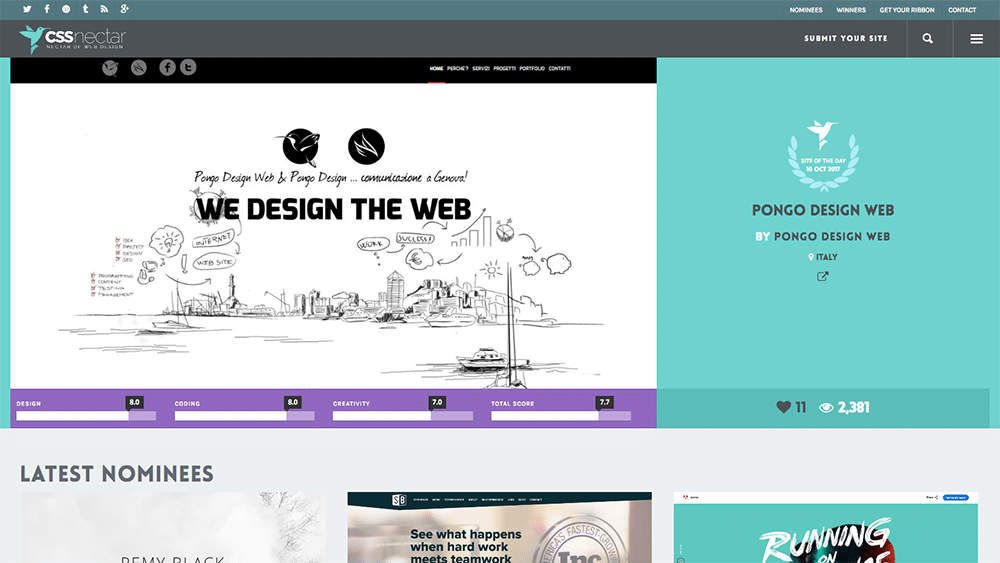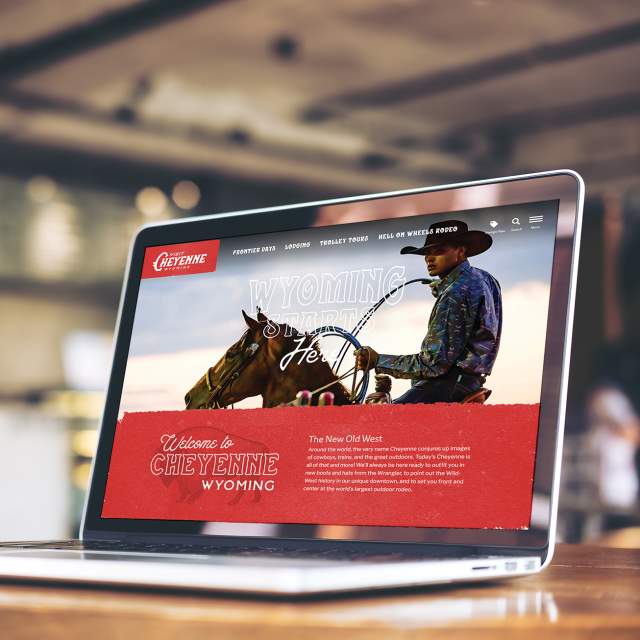Why Professional Website Design is a Key Factor in Your Marketing Strategy
Why Professional Website Design is a Key Factor in Your Marketing Strategy
Blog Article
The Ultimate Guide to Modern Website Style Trends
In the ever-evolving digital landscape, contemporary site style trends play a vital duty in shaping customer experience and engagement. From the increase of minimalist design principles that prioritize simpleness to the influence of bold typography in specifying brand identity, each component adds to a cohesive on the internet presence. The focus on responsive and mobile-first strategies, together with innovative microinteractions, further improves usability. Additionally, the expanding concentrate on sustainable internet style techniques shows a commitment to ecological responsibility. These patterns jointly increase important questions about the future of efficient web layout and what it indicates for businesses and consumers alike.
Minimalist Design Principles
Minimalist design concepts highlight the idea that less is a lot more, promoting for simplicity and capability in aesthetic interaction. This strategy remove unnecessary components, concentrating rather on necessary parts that convey the designated message effectively. By prioritizing clarity, minimal style improves customer experience, permitting visitors to navigate web sites easily.
Core tenets of minimalist layout include using adequate white room, which produces a feeling of balance and organization. This unfavorable area not only routes the viewer's attention to crucial elements yet likewise promotes a soothing visual ambience. In addition, a limited color palette is often utilized, utilizing monochromatic plans or soft shades to preserve aesthetic communication and protect against overwhelming the customer.
Typography plays a crucial function in minimalist layout, where legible typefaces are picked for their simpleness and performance in interacting material. Inevitably, minimal design concepts cultivate a concentrated environment that urges users to engage with the content, boosting the total efficiency of contemporary internet site design.
Bold Typography Selections
Accepting strong typography choices has actually ended up being a specifying characteristic of modern web site design, as it efficiently catches interest and conveys solid messaging. Developers are increasingly making use of typography not just as a functional element but as a crucial aesthetic part that improves the total visual and user experience.

Furthermore, the juxtaposition of vibrant typography with minimalist layout principles permits striking contrasts, boosting readability while keeping aesthetic allure. The use of whitespace around bold message better highlights its value, making certain that the message resonates with the target market.
As electronic landscapes come to be extra competitive, leveraging strong typography enables brands to distinguish themselves and leave a long lasting perception. The mindful choice of font styles and their application can evoke feelings, develop tone, and drive activity, making bold typography a vital tool in modern-day web site layout. Eventually, it is a powerful means to boost storytelling and ensure that crucial messages are not only seen but likewise really felt.
Responsive and Mobile-first Style
Mobile-first and receptive layout has emerged as an essential concept in modern site growth, reflecting the boosting reliance on mobile tools for accessing on-line content. As individual behavior shifts in the direction of mobile surfing, developers should focus on developing experiences that adapt flawlessly throughout different display sizes and special info resolutions.
A receptive layout makes certain that a website immediately readjusts its design, photos, and capability based upon the tool being utilized. This approach boosts customer experience by giving consistent navigation and readability, irrespective of whether the visitor gets on a tablet, mobile phone, or desktop computer computer. Furthermore, mobile-first layout supporters for developing websites initially for smaller sized screens, ultimately scaling as much as bigger display screens. This strategy motivates a much more streamlined and reliable design process, focusing on necessary web content and capability initially.
Applying receptive and mobile-first principles not only accommodates customer preferences however likewise lines up with seo (SEO) methods. Significant internet search engine, like Google, focus on mobile-friendly sites in their rankings, making it important for businesses to take on these style strategies. In an affordable electronic landscape, embracing receptive and mobile-first design is not simply an alternative; it is important for ensuring accessibility and interaction with a varied audience.
Involving Microinteractions
Microinteractions play a critical function in boosting customer involvement and overall site experience, particularly in the context of mobile-first and receptive layout. These refined design elements give immediate comments to users, making communications extra intuitive and delightful. Instances include switch animations, alert notifies, and filling indications, which not only guide customers however additionally develop a sense of link with the user interface.
Integrating interesting microinteractions can dramatically article source enhance functionality by lowering cognitive lots. When customers obtain visual or acoustic feedback upon performing activities, such as clicking a switch or submitting a form, they really feel a lot more certain in their options. This promotes a smoother navigation experience, inevitably raising customer retention.

As website style fads remain to evolve, the value of microinteractions can not be overemphasized. They act as the refined yet powerful touchpoints that change regular interactions right into amazing experiences, therefore elevating the general performance of modern-day website design.
Sustainable Web Style Practices
Lasting web style techniques are coming to be progressively crucial as the digital landscape grows and environmental problems increase. Designers and designers are recognizing their responsibility to create internet sites that not only offer user needs however additionally lessen environmental effect. This method includes a number of key strategies.
Firstly, optimizing power consumption is critical. Web sites ought to be made to load quickly and effectively, which minimizes web server power usage and enhances customer experience. Strategies such as photo compression, lessening HTTP demands, and using contemporary coding techniques add dramatically to this objective.
Secondly, selecting environment-friendly hosting carriers is critical - website design. Numerous holding companies are currently powered by renewable resource resources, allowing internet sites to operate in a more sustainable manner. This selection shows a commitment to minimizing carbon footprints
In addition, embracing a minimal style can boost sustainability. Less elements on a web page result in less information transfer, which not only speeds up loading times yet also saves resources.
Finally, advertising digital ease of access makes sure that internet sites reach a broader target market without unnecessary bloat, straightening customer experience with ecological duty. By incorporating these sustainable techniques, web developers can add favorably to both individual interaction and the world's wellness.
Final Thought
In recap, contemporary site design fads stress the assimilation of minimalist concepts, strong typography, and responsive style to boost customer experience. Embracing these patterns is vital for producing impactful electronic experiences that reverberate with users in an increasingly competitive online landscape.
In the ever-evolving electronic landscape, modern-day site style patterns play an important function in shaping user experience and involvement. By prioritizing quality, minimal design enhances individual experience, permitting site visitors to browse web sites effortlessly.
Ultimately, minimal design concepts grow a focused setting that encourages customers to engage with the material, boosting the overall performance of modern site design.Microinteractions play an essential duty in improving customer engagement and general internet site experience, particularly in the context of mobile-first and receptive design.In summary, modern internet site site here design trends highlight the combination of minimal concepts, vibrant typography, and receptive layout to boost customer experience.
Report this page